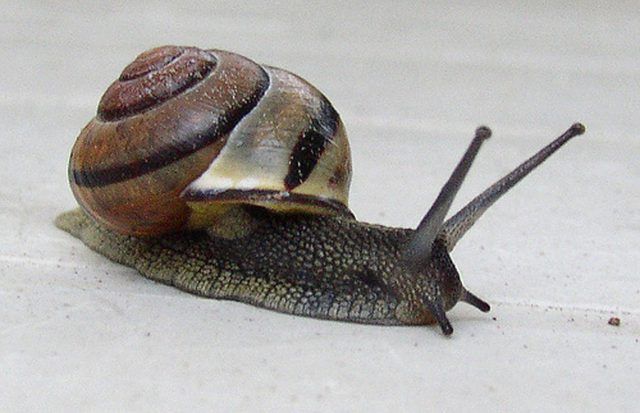Bulbs
Flower Basics
Flower Beds & Specialty Gardens
Flower Garden
Garden Furniture
Garden Gnomes
Garden Seeds
Garden Sheds
Garden Statues
Garden Tools & Supplies
Gardening Basics
Green & Organic
Groundcovers & Vines
Growing Annuals
Growing Basil
Growing Beans
Growing Berries
Growing Blueberries
Growing Cactus
Growing Corn
Growing Cotton
Growing Edibles
Growing Flowers
Growing Garlic
Growing Grapes
Growing Grass
Growing Herbs
Growing Jasmine
Growing Mint
Growing Mushrooms
Orchids
Growing Peanuts
Growing Perennials
Growing Plants
Growing Rosemary
Growing Roses
Growing Strawberries
Growing Sunflowers
Growing Thyme
Growing Tomatoes
Growing Tulips
Growing Vegetables
Herb Basics
Herb Garden
Indoor Growing
Landscaping Basics
Landscaping Patios
Landscaping Plants
Landscaping Shrubs
Landscaping Trees
Landscaping Walks & Pathways
Lawn Basics
Lawn Maintenance
Lawn Mowers
Lawn Ornaments
Lawn Planting
Lawn Tools
Outdoor Growing
Overall Landscape Planning
Pests, Weeds & Problems
Plant Basics
Rock Garden
Rose Garden
Shrubs
Soil
Specialty Gardens
Trees
Vegetable Garden
Yard Maintenance
What Is Eating My Pansies Off?
What Is Eating My Pansies Off?. Although a relatively trouble-free plant, pansies are sometimes eaten by aphids, slugs and sparrows, which sometimes eat off the head of the flower.

Although a relatively trouble-free plant, pansies are sometimes eaten by aphids, slugs and sparrows, which sometimes eat off the head of the flower.
Prevention/Solution
Discourage aphid invasion by spraying plants with a mixture of 15 parts water to 1 part dish soap and 1 part rubbing alcohol. Discourage slugs by removing mulch, which promotes overly moist conditions. Sparrows may be discouraged by spraying plants with a mixture of water and ashes from cigarettes.

Identification
Pansies are known for their five petals and round shape. They typically come in one of three color patterns: solid yellow or blue, a single color with black lines coming from the center, and a solid color with a dark center.

Habitat
Pansies naturally grow in the South and Southwest during the winter months and in the North during the summer months. Pansies are annuals, which need to be planted every year; they prefer to be planted in full sun.
Tips
To encourage healthy soil, do not plant pansies in the same area more than three years in a row.
Fun Facts
Pansies are completely edible and are commonly added to foods as a garnish.